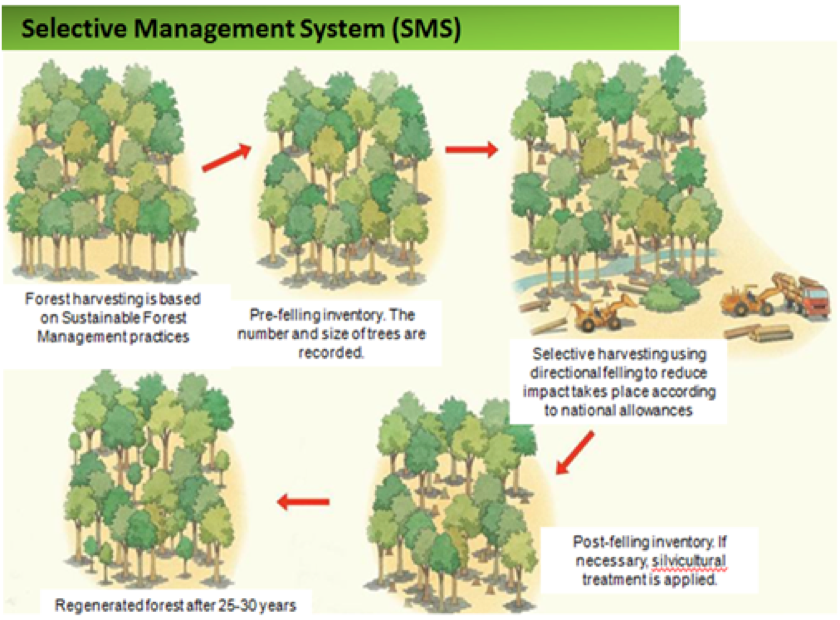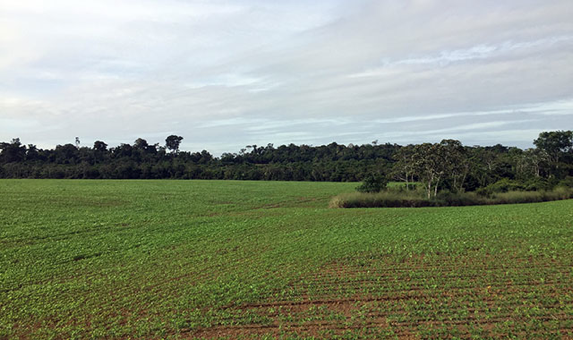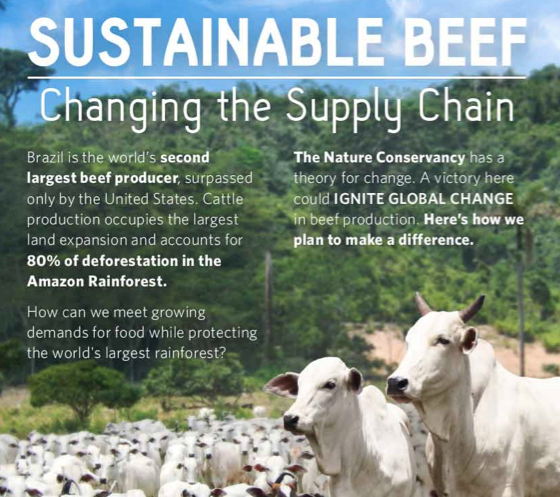ASustainable Future for Rainforests?
Sustainability
Ecotourism: Tourism that benefits local people and does as little harm to the environment as possible where the tourists learn about the plants and animals in an environment.
Sustainable agriculture: Farming resources (e.g. crops and animals) in a way that can continue in the future. It meets the needs of people today, without preventing the needs of people in the future being met.
Schemes Around the World
The ‘Selective Management System’ in Malaysia
Widespread logging in Malaysia started after the Second World War due to improvements in technology (e.g. chainsaws, trucks etc). The government responded by passing the National Forestry Act in 1977. The Act paved the way for sustainable management of Malaysia’s rainforests and had the following aims:
- Develop timber processing to increase the profitability of the exported wood and reduce demand for raw timber. The export of low-value raw logs is now banned in most of Malaysia.
- Encourage alternative timber sources (e.g. from rubber trees)
- Increase public awareness of the forests
- Increase research into forestry
- Involve local communities in forest projects
One of the main initiatives of the 1977 Act was to introduce a new approach to forest management known as Selective Management System. This is recognised as one of the most sustainable approaches to tropical forestry management in the world.
But, a lack of trained officials to enforce and monitor the system across the country has led to the continuation of abuses and illegal activities. Deforestation is still taking place in Borneo where land is being converted into oil palm plantations.
Brazil’s Forest Code - Using Law to Protect the Rainforest
In 1965, Brazil created and passed its first Forest Code, a law requiring landowners in the Amazon to maintain 35 to 80 percent of their property under native vegetation. So, rural farmers of all kinds can buy land in the Amazon, but they can only farm 20 percent of it.
Enforcing this law has proved quite difficult over the years.
Picture the Amazon rainforest. It’s HUGE. It covers 2.72 million square miles—the size of Mexico, Mongolia, Peru and Egypt combined. Clear ownership records exist for only 10 percent of private land in the Amazon.
Using its mapping software, The Nature Conservancy is working with the states of Pará and Mato Grosso to support implementation of the CAR, as this is the first step toward successfully complying with the Forest Code requirements.
Through this effort, the Conservancy works directly with landowners:
- Restoring degraded areas through ecological succession and planting trees on cleared lands;
- Sustainable intensification of developed areas so less forest is removed and
- Developing economic alternatives to maximize benefits of farming activities and conservation, while maintaining the forested portions of their lands.
Ecotourism in Costa Rica
Costa Rica is an ecotourists’ paradise as more then 10% of the land is protected, mostly by national parks. 17% is also set aside for forest reserves also known as `buffer zones’. The country alone contains 5% of the world’s total species of flora and fauna. This includes somewhere between 500,000 and a million total species of plants and animals; in a space that occupies less than three ten-thousands of the earth’s surface.
Costa Rica created some lodging and activities to encourage tourists to visit the country. However they have been cautious, since the environment is one of the country’s greatest priorities, they have built ecolodges and are ‘carbon neutral’.
These tend to be quite expensive but you can find cheaper lodging such as eco bed and breakfasts.
Environmental Benefits
The environmental benefits of ecotourism development in Costa Rica have been far reaching. Since 1963 when the first environmental protection reserve was created, Costa Rica’s conservation initiatives have expanded to include 70 protected areas or national parks covering 21% of the nation’s territory.
Alternative to Environmentally Damaging Industries
Without the market demand and political support for environmental protectionism, currently protected areas may have fallen to the demands of farming, logging, or mining industries long ago. Protected nature areas can also generate income through environmentally sound pharmaceutical research and the sustainable harvest of food products. In 1991 the U.S.-based pharmaceutical firm Merck & Co made a deal with Costa Rica’s National Biodiversity Institute (INBio) to carry out pharmaceutical research and development in Costa Rica’s rainforests.
Encourages Individual Conservation Efforts
One of the main aspects of ecotourism is that it entertains travellers. By experiencing first hand the beauty of the Monteverde Cloud Forest or the majesty of a Red Macaw, tourists may return home wanting to do more to help protect the environment.
Encourages Small Scale Infrastructure Construction
By and large, Costa Rica has been careful to encourage small-scale development over the construction of high-rise luxury hotels, thereby maintaining a healthy balance between expanding its tourism industry and protecting its natural resources.
Environmental Costs
While the environmental benefits of ecotourism are rather clear cut, the costs are much more subtle and sometimes difficult to detect. By and large Costa Rica has been responsible in the development of ecotourism, but there is room for improvement.
Visitor Overcapacity
The number of tourists visiting Costa Rica has increased by at least 6% annually for the past several years. For instance, one of Costa Rica’s most popular parks, Manuel Antonio, takes in an average of 1,000 visitors a day during the high season. The unregulated flow of tourists through the park has taken a toll on its plant and animal life, local monkeys have been turned into garbage feeders.
Greenwashing
Greenwashing refers to the marketing scheme of attaching a “green” label to travel services that do not technically classify as ecotourism. As ecotourism has gotten more popular, greenwashing of luxury hotels and tourist centres has become a greater problem that could tarnish Costa Rica’s pristine environmental reputation.
Inadequate Enforcement
Often, developing nations do not have the resources to train the personnel necessary to efficiently regulate and protect a national park or wildlife preserve. For example, at Costa Rica’s Tortuguero National Park, the Western Hemisphere’s most important nesting ground for the endangered green turtle, is left to the protection of just 10 full-time employees. Poachers are a problem in this area and the park has to recruit volunteers to help guard the beach during the nesting season.
Reliance on International Donors
Also undercutting conservation efforts is Costa Rica’s growing reliance on international donors. In 1992, for example, only 23% of Costa Rica’s protected-area budget was government supplied, leading to a lack of coordination in carrying out environmental policy.


